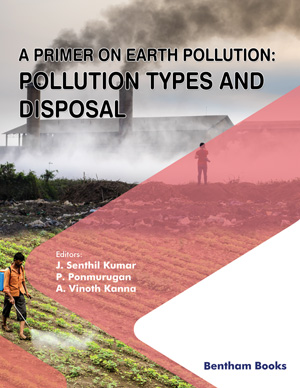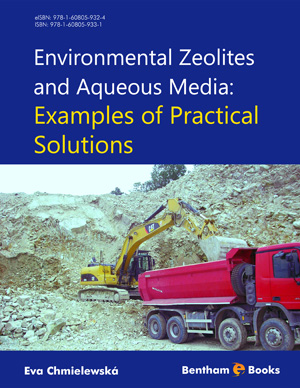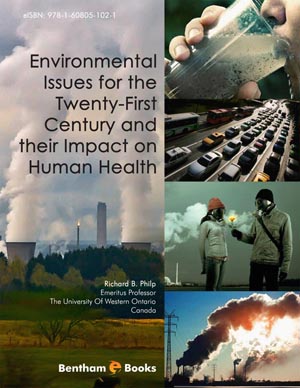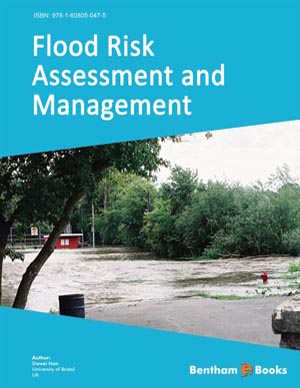Abstract
Healthcare waste (HCW) is the waste generated by the activities of healthcare facilities, educational institutions and medical research which is harmful to both human and animal health. About 10 to 15% of HCW presents hazardous characteristics, including a broad range of materials from sharps, used needles and syringes to soiled-dressings, body fluids or wastes contaminated by chemical and/or containing a high concentration of microorganisms. Such kind of waste requires very specific treatment to ensure proper final disposal. Its generation depends on different factors such as the economic development of the country and the type of service provided by the above-mentioned institutions. In this context, HCW management (HCWM) is a public health and environmental concern worldwide, especially for nondeveloped countries. Furthermore, HCWM is a complex and challenging process that covers a wide variety of actions, including segregation, minimization, previous treatment, packaging, temporary storage, collection, internal transportation and external storage of HCW. The first priority in this waste management should be the segregation and reduction in order to decrease the contaminated solid waste and to ensure selective collection. Furthermore, a great part of HCW can be recycled. In order to encourage successful best management practices, the results of a GEF-funded national development report headed by the Ministry of Health of Argentina are hereby exposed including proposed actions for training, guidelines, supervision, appropriate utility supply, management support and specific regulations to face future challenges. Improvements in the management system through HCW indicators may prove failures in segregation procedures, showing an opportunity for continual advances. To reduce potential problems that expose the healthcare facility staff, patients and their attendants to the risk of serious health hazards, there should be sufficient resource allocation, periodic training and strict supervision by stakeholders. Institutional planning for an efficient HCWM will assure HCF to both save money and provide a safe environment for patients and healthcare personnel.
Keywords: Best management practices, Healthcare facility, Healthcare waste, Healthcare waste management.











